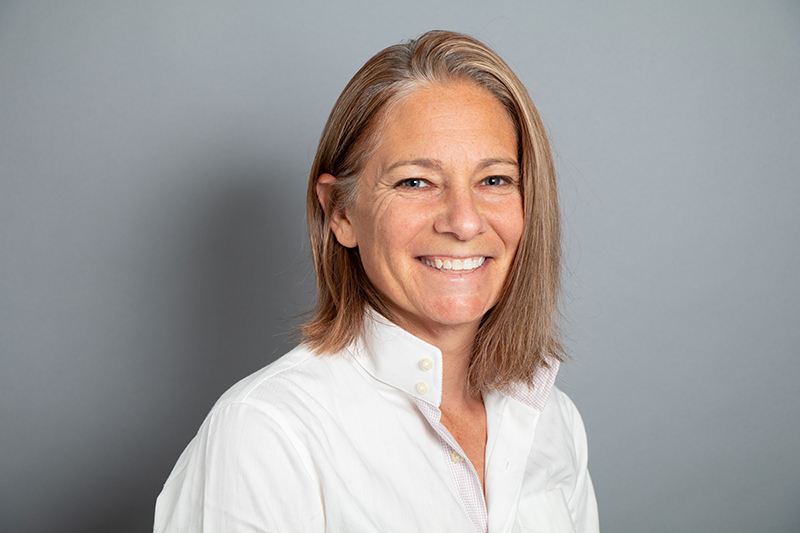Exploring the buyer-seller mismatch
What makes a university adopt one sport over another? It’s a question that Colorado Mesa University Assistant Professor of Sports Management Sloane Milstein, EdD kept coming back to. She was a NCAA equestrian coach prior to coming to CMU, and she felt the sport was stuck in an emerging sport status. She wanted to find out more about the amateur sport adoption process and the driving forces behind the decision-makers.
“In the media you often hear about sports being eliminated, but in reality, almost the same number of sports that are eliminated are also added every single year,” said Milstein. “I thought, for me, instead of focusing on what was being eliminated, I wanted to try and figure out why one particular school, or multiple schools, were adding a sport, and then see if there was some sort of pattern that existed.”
Milstein saw sports as a gateway to higher education, and wanted her research to be a guide for different groups and diverse populations on how to get their sports noticed. Her goal was to learn what marketing messages would effectively communicate the value of an athletic program. In order to do this, she had to understand what factors athletic directors were utilizing when looking to adopt a varsity sport.
After five years of research, Milstein, together with Marlene A. Dixon, published an article on their findings in the International Journal of Sport Management. Their research was laid out in Exploring the buyer-seller mismatch in amateur sport adoption process. They interviewed 15 participants all from Division I institutions that had added a sport in the previous three years or were currently considering adding a sport in the next three years at the time of data collection. Participants were from six different regions of the country, represented six different conferences and were in decision-making positions.
Through their research they found 23 factors that fell under four themes: sport popularity, access and opportunity, association membership and university viability.
Sport popularity considered issues such as competitiveness of the sport, popularity for recruiting, whether or not the sport could be an add-on to an existing sport, and alumni, donor, community and sponsor support. Factors such as compliance gender equity fell under access and opportunity, while association requirements fell under association membership. University viability factors included everything from direct or indirect benefits to academics.
“We know that sports can be a motivator to keep students in college and connects them to a community,” said Milstein. “And each time a sport gets added, it allows for additional opportunities for more students to attend college on a scholarship or at some reduced cost.”
Access to higher education is still a big motivation behind Milstein’s research. She’s currently using the same model, now applying it to Esports. She’ll present her Esports research at a sports management conference in May and expects her findings to be published this time next year.
